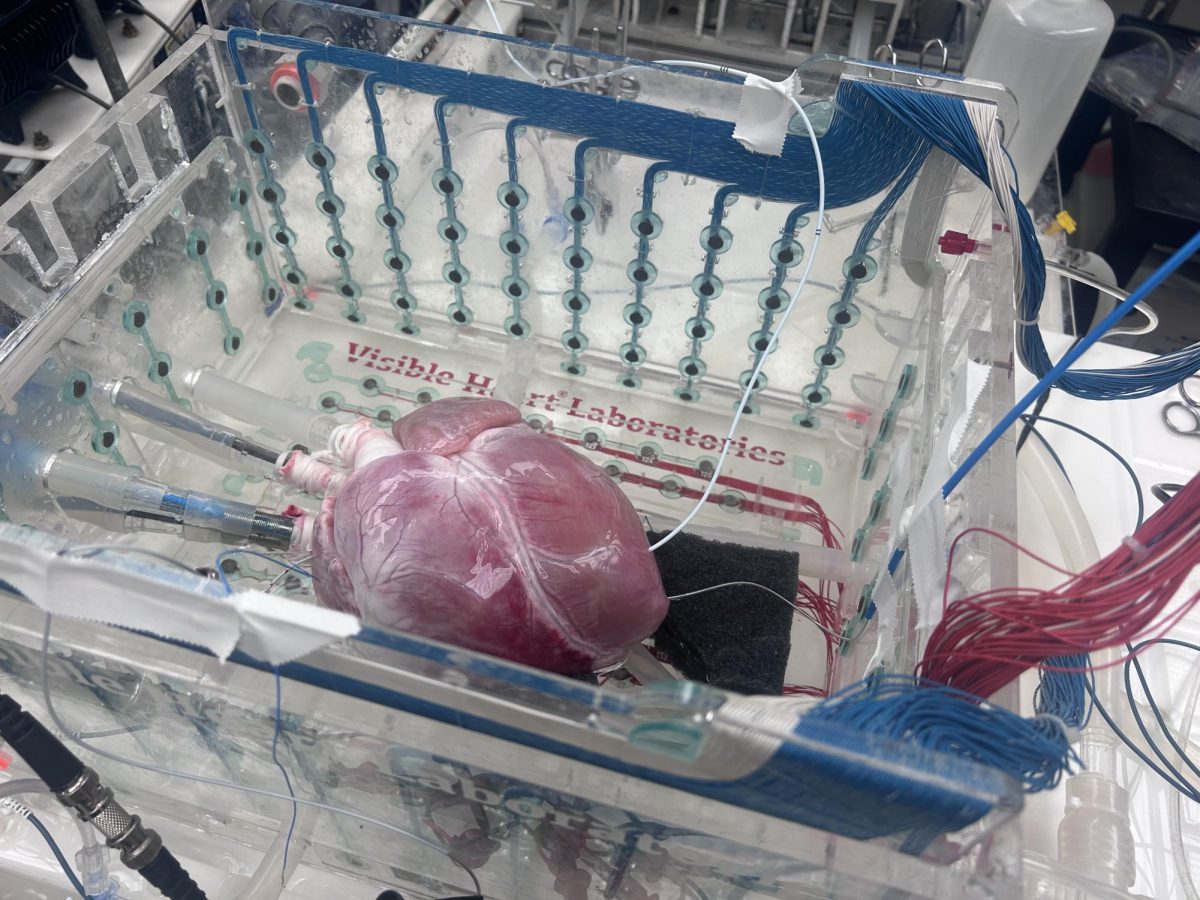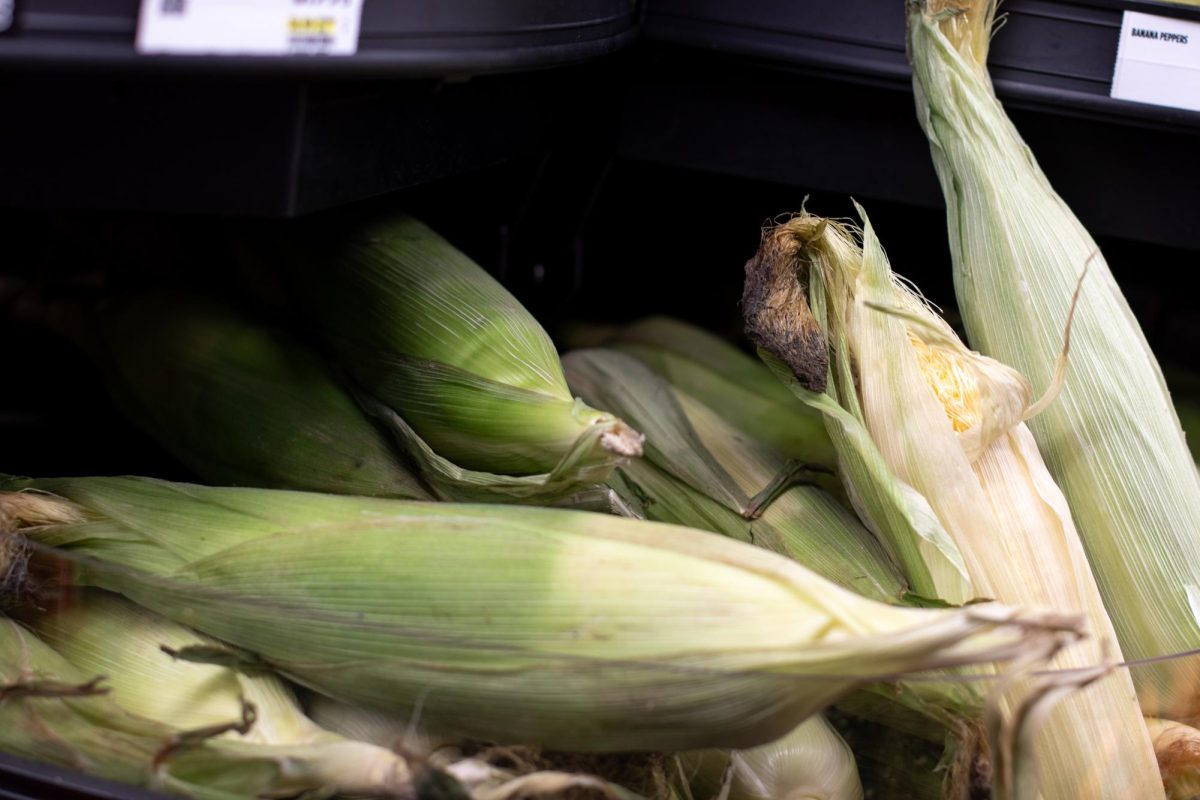The University of Minnesota apple program bred a new apple called Kudos.
The new variety has been under development since 2007 at the Horticultural Research Center in Excelsior, Minnesota.
The apple program began research in 1879 to breed fruit that could grow in Minnesota’s cold winters, and was officially created in 1907, David Bedford, senior research fellow at the apple program, said.
Peter Gideon created the Wealthy apple, which received recognition from the state legislature, Bedford said. With the recognition came funding and a partnership with local growers and the University, and the apple program was formed.
Congratulations! It’s an … apple?
Jim Luby, director of the apple program, said they pick and breed apples that compliment their positive traits.

“I like to say we’re a dating and mating service for apples,” Luby said.
To make Kudos, researchers bred Zestar! and Honeycrisp, Luby said.
Traditionally, the technology used for apple research has been the human palette, Luby said. Research at the apple program used genetic markers to decide what types to breed.
Genetic markers are part of an apple’s DNA and are heavily correlated with a specific trait, Luby said. These markers are seen when researchers send tissue samples from the field to the lab.
Researchers breed the apples in the field by bringing pollen from the male to the flowering female, Luby said. They meticulously pollinate each flower by hand, and place a bag over the flowers to keep bees out.
Seeds are collected from the pollinated plants, and planted in the greenhouse where they grow into seedlings, Luby said. Then, the seedlings are planted in the orchard.
Each seedling will have different traits from their parents and each other, Luby said. Less than 1% of these trees will have fruit with the desired traits.
It can take 20 to 25 years for the program to develop a new variety, Bedford said. It takes another 10 to 15 before the variety is commercially accepted.
What’s in a name?
Kevin Anderson, associate director of technology commercialization at the University, is credited with naming Kudos.
Originally, a small group worked directly with breeders to name the apples, Anne Hall, technology portfolio manager, said. Now there is a completely separate apple commercialization team.
A name must be memorable and have positive connotations, Hall said. The name must not be overly descriptive.
People should associate the name with the University and the high-quality apples produced by its apple program, Hall added. It should not be related to an existing product or brand.
The name should also evoke a feeling in consumers that this is a really good apple, Anderson said.
Recently, Hall’s team decided to involve the University community, Hall said. An email was sent out to 10,000 members of the University research community offering them a chance to get creative.
Hall said name ideas from this survey were combined with those the team previously brainstormed. The team narrowed the list to 10 names, searched for trademarks and made a decision.
The team submitted the name Kudos to the United States Patent and Trademark Office and is waiting for the name to be officially trademarked, Anderson said.
The name is anticipated to be approved and the team will hear back from the office in the coming weeks, Hall said.
Kudos
There can be several desired characteristics when breeding apples, Luby said. Disease and cold resistance are the traits growers want most, but taste and texture matter most to consumers.
Kudos has been growing in commercial nurseries to ramp up stock since 2018, Luby said. The apple will be available in stores by 2025 at the earliest.
Luby said he doesn’t think Kudos will have the widespread notoriety of Honeycrisp, explaining it will likely be a seasonal apple.
Kudos is a juicy and crisp apple with cherry red skin and a sweet, tropical flavor. The apple is crispier when eaten cold, but its flavor deepens when warm.















